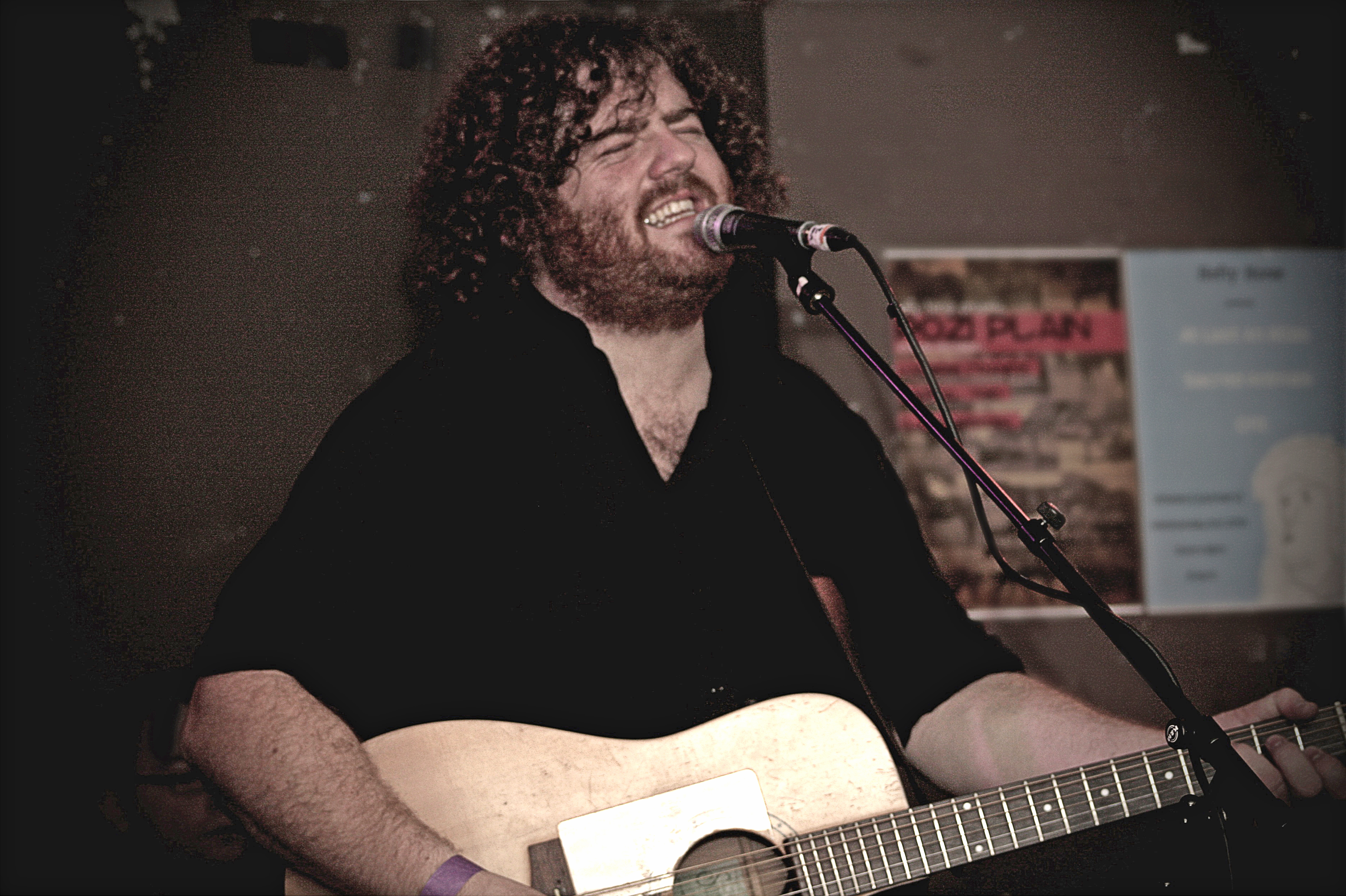As I’ve written before, the city of Cork in southwest Ireland is known in part for its outstanding live music scene. And that’s just on a normal day during the week. Pick a Tuesday and there will be a great local band playing in one of the many pubs around town. Did I forget to mention that Cork is also known for its festivals? Yep. And about one week ago, Cork hosted the kind of festival that makes the banjo-fan that I am jump for joy: the Cork Folk Festival.
And so, for five days, from Oct. 3rd to Oct. 7th, a wealth of outstanding folk bands descended on Cork for all manner of music and merry-making. A few friends and I headed over to Crane Lane (the charming pub I described in my first column) to see David Hope play with his band. David Hope is from County Clare in the west of Ireland, and has already released excellent albums.
He has two full length albums on iTunes (they’re a little tricky to find: search “David Hope” and then click the first option in the “Artists and More” toolbar on the left), titled “Daybreak Someplace” from 2009 and “A Picture” from 2007. He also released a single called “Cut Me Down” in 2011 under David Hope & The Henchmen (the band he tours with, I assume). You can also listen to these albums on Spotify, where they’re a little easier to find. He’s also going to be releasing a new album called “Scarecrow” soon, as well as setting up a 2013 US tour. Both are things to be excited about.
Anyway, back to the music. A combination of folk and rock, with the occasional side note of bluegrass thrown in (one of the quickest ways to my musical heart), David Hope’s music is a treat both for the ears and for the mind. The ears as a result of Hope and his band’s impeccable musical skill, and the mind as a result of songs that contain some of the more thoughtful lyrics out there. His stage presence was commanding as well, as David Hope is a towering figure. His band’s stage layout was also unorthodox, with Hope situated to the far left and front of the stage and his banjo and guitar player standing opposite him on the front right of the stage. The drummer and bassist were set up in the back of the stage between the two other men. To me, this indicated a musical selflessness and a recognition that it takes more than just one man to make a rock song work live. The smiles flashing left and right between band members also seemed to reinforce the collaborative theme behind the band’s music. In one example of Hope’s sense of joy and good humor, he and his banjo player decided to play a bluegrass-esque duet. The banjo player had written it, and had to re-teach Hope the melody. While that was happening, Hope smiled at the audience and told them that he had to remember how the song went, as the last time they’d played it was a year and a half ago.
Don’t worry, it sounded just fine. In terms of the sound of the music itself, the best word to describe it would be “warm.” Because it was simply great, energizing but easy-going folk rock music. A note to listeners: the songs sound more folk-acoustic on recordings.
Perhaps the best of many great songs Hope and the band played that night was a song called “Daybreak Someplace,” which belongs in a film as the theme song for a wandering protagonist. Hope sings in a gruff but pitch-perfect voice about his desire to find a place he understands and feels at home in, a place without loose ends and red tape: “It’s daybreak someplace / That I’m trying to find / And I’m going to keep on looking / ‘Til looking makes me blind.”
The theme of wandering and trying to find one’s place and identity is a strong one throughout Hope’s catalogue. If one were looking for a parallel in American popular music, I’d say that Hope resembles a more folk-oriented Bruce Springsteen (who, if I’m not mistaken, has quite the fan base). One more night in Cork, one more amazing band. And I’ve only been here for a few weeks ““ there’s plenty more to come.
If you want any more info or descriptions of Ireland, Cork or the bands Andrew has talked about, email Bain at abain@media.ucla.edu .
